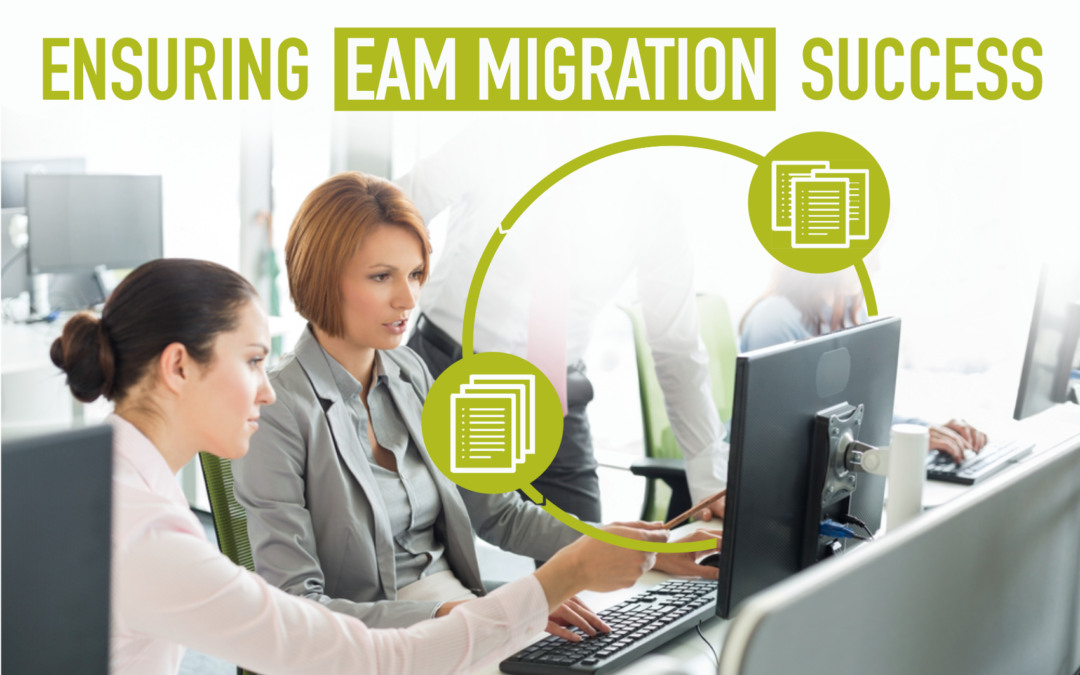We mentioned earlier this week, but proper planning is essential to any successful EAM/CMMS migration or upgrade. Sufficient planning can prevent failure and loss of asset and maintenance information and help ensure good asset and maintenance master data is transferred onto the new system. EAM/CMMS migrations and upgrades are complicated, so investing time in planning can prevent predictable issues. Make planning a priority to minimize risks and get the most out of your new EAM/CMMS system.

Understanding Your Current and Next EAM System
You must understand your current EAM/CMMS system including usability issues, process issues, training issues and asset and maintenance master data issues. During planning, assess the quality of your current system’s master data to determine whether it’s ready to load into a new system. Older data may have aged organization strategies and different naming conventions that could make their use in the new system unintuitive and frustrating. Navigating through data gaps, inaccuracies, and inconsistencies within the system and identifying which data should be prioritized for transfer can make the entire process more efficient.
Proper Risk Assessment
Migrating large amounts of asset and maintenance data from one place to the next brings some risks, so these risks must be considered before making a decision. Minimizing risks beforehand instead of reacting to issues when they occur can reduce future stress. However, many of these risks can be minimized by taking care of any underlying issues in your EAM/CMMS asset and maintenance data before migration.
Find a Home for Your Data
If it’s not possible to move all of your historical transactional data to the new system consider finding a cost effective efficient solution for storing it and making it accessible and useful to th users who need it. A cloud based work order analysis and maintenance optimization solution will likely be a better, cheaper long term solution than trying to keep your old EAM/CMMS running just so you don’t lose the historical data.
How We Can Help
Want to learn more tips on how to plan your EAM migration properly? Feel free to book a demo or download our brochure, and our team can help you!
Ensuring EAM Migration Success
How Long Will My EAM Migration Take?
Signs you should start building a BOM
Avoiding Asset Data Loss During an EAM Migration
Share this article





